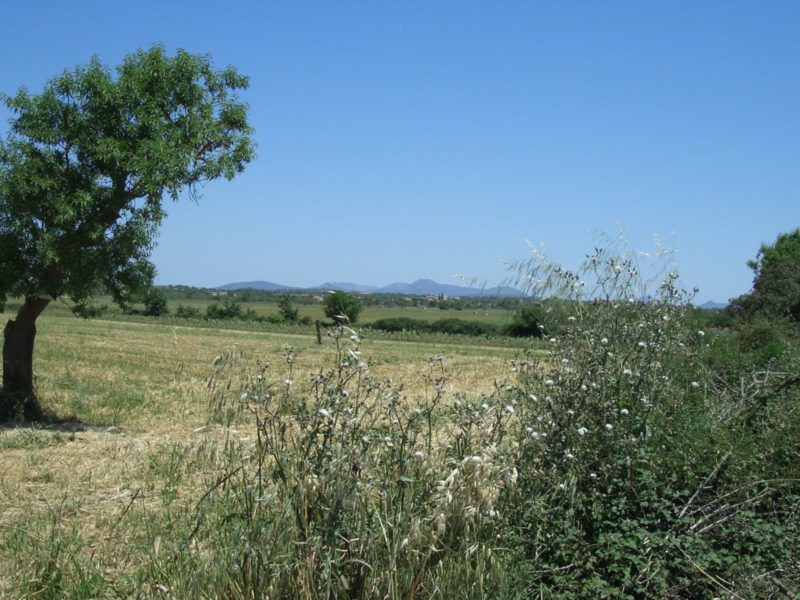
Majorca had more than 10 million visitors last year. The least of them probably drink Majorcan wine, because the amount produced there annually of about 6 million bottles would not be enough.
Only 10% of the area of Majorca is planted with vines. 2,500 hectares of vineyards are spread over four wine growing areas. Almost two-thirds of the areas claim the Vino de la Tierra – Majorca and Serra de Tramuntana – Costa Nord, the rest is shared by the higher quality DO (Denominación de Origen) Binissalem and the DO Pla i Llevant, located in the southeast.
Anyone who has already drunk Majorcan wine could have already made the acquaintance of one of the indigenous grape varieties of the Balearic Islands. Above all, these are the red varieties Manto Negro, Callet and the white variety Prensal, also called Moll.
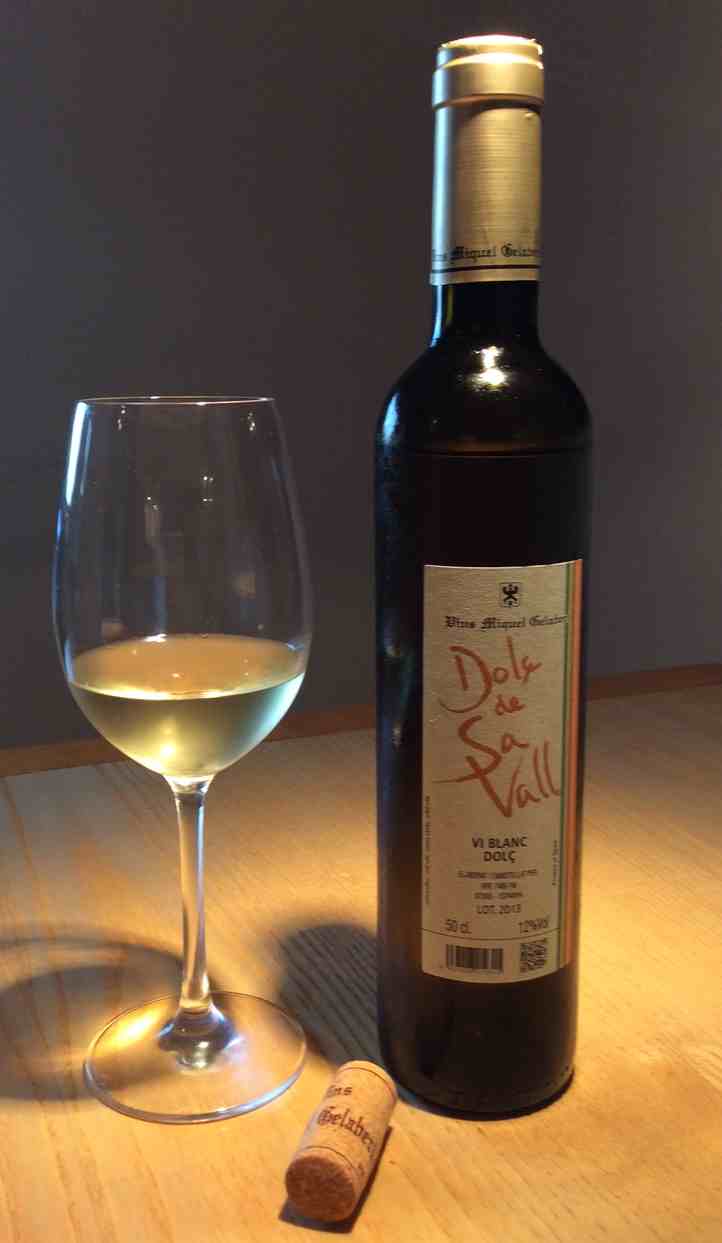
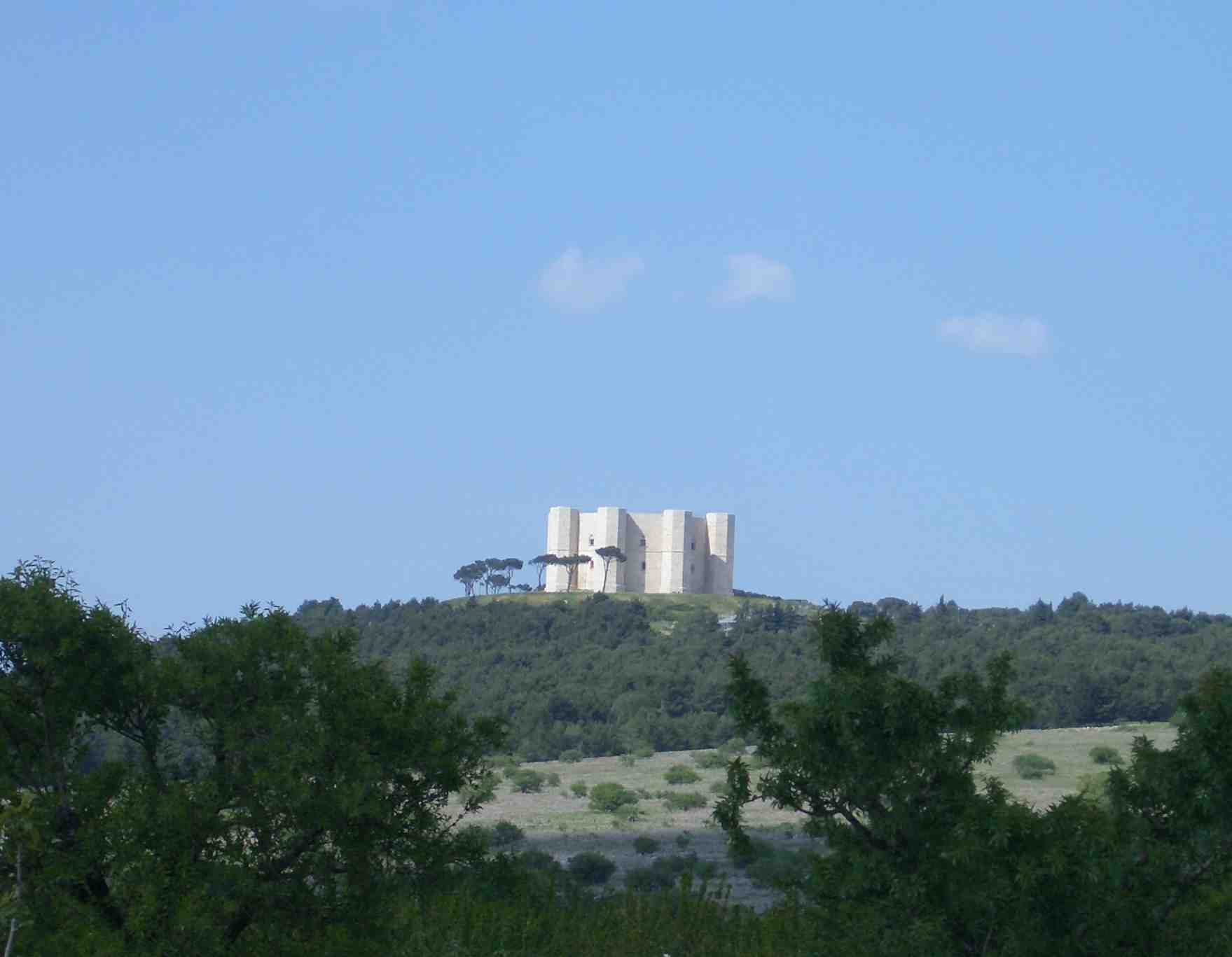 Puglia, which competes against Sicily for the second largest wine-producing region in Italy, is known for its high yields in viticulture, even in DOC areas. There are nearly a dozen sweet types of wine in Puglia, including the sweet specimen of the otherwise dry Apulian Primitivo di Manduria and, almost inevitably in Italy, a sweet Moscato.
Puglia, which competes against Sicily for the second largest wine-producing region in Italy, is known for its high yields in viticulture, even in DOC areas. There are nearly a dozen sweet types of wine in Puglia, including the sweet specimen of the otherwise dry Apulian Primitivo di Manduria and, almost inevitably in Italy, a sweet Moscato.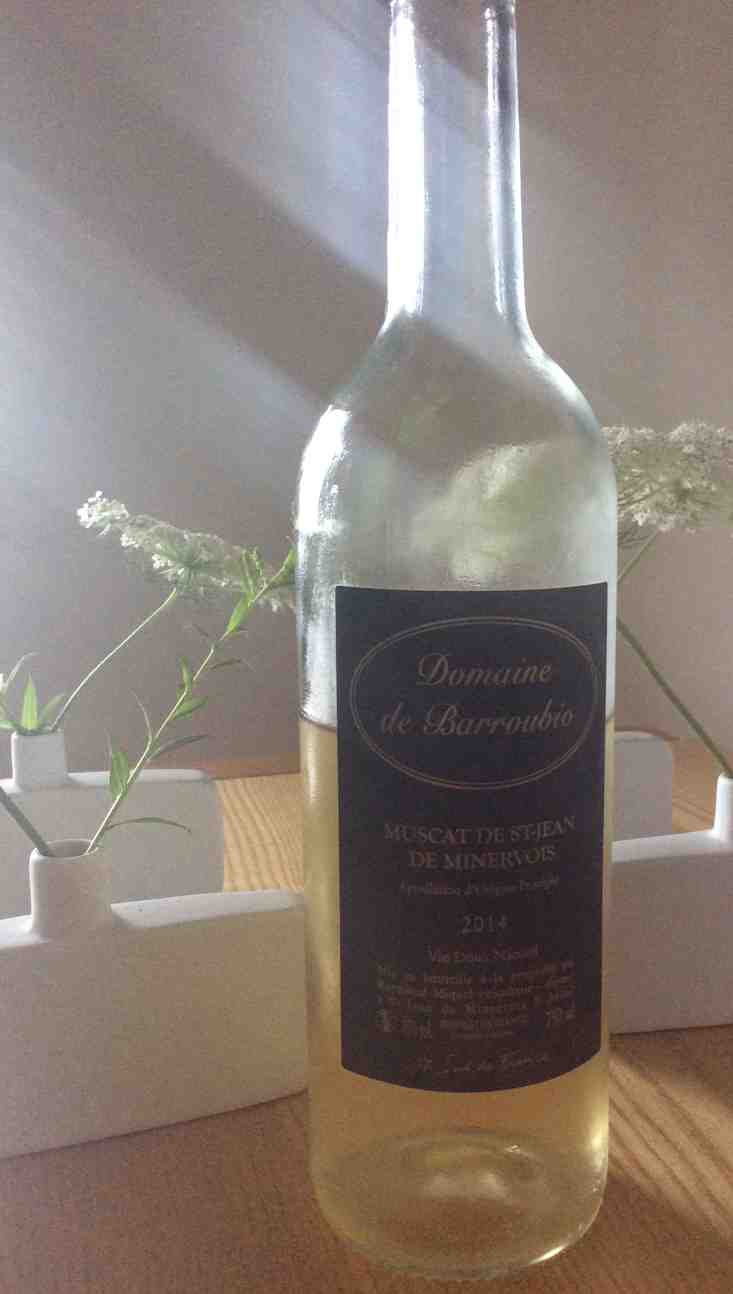
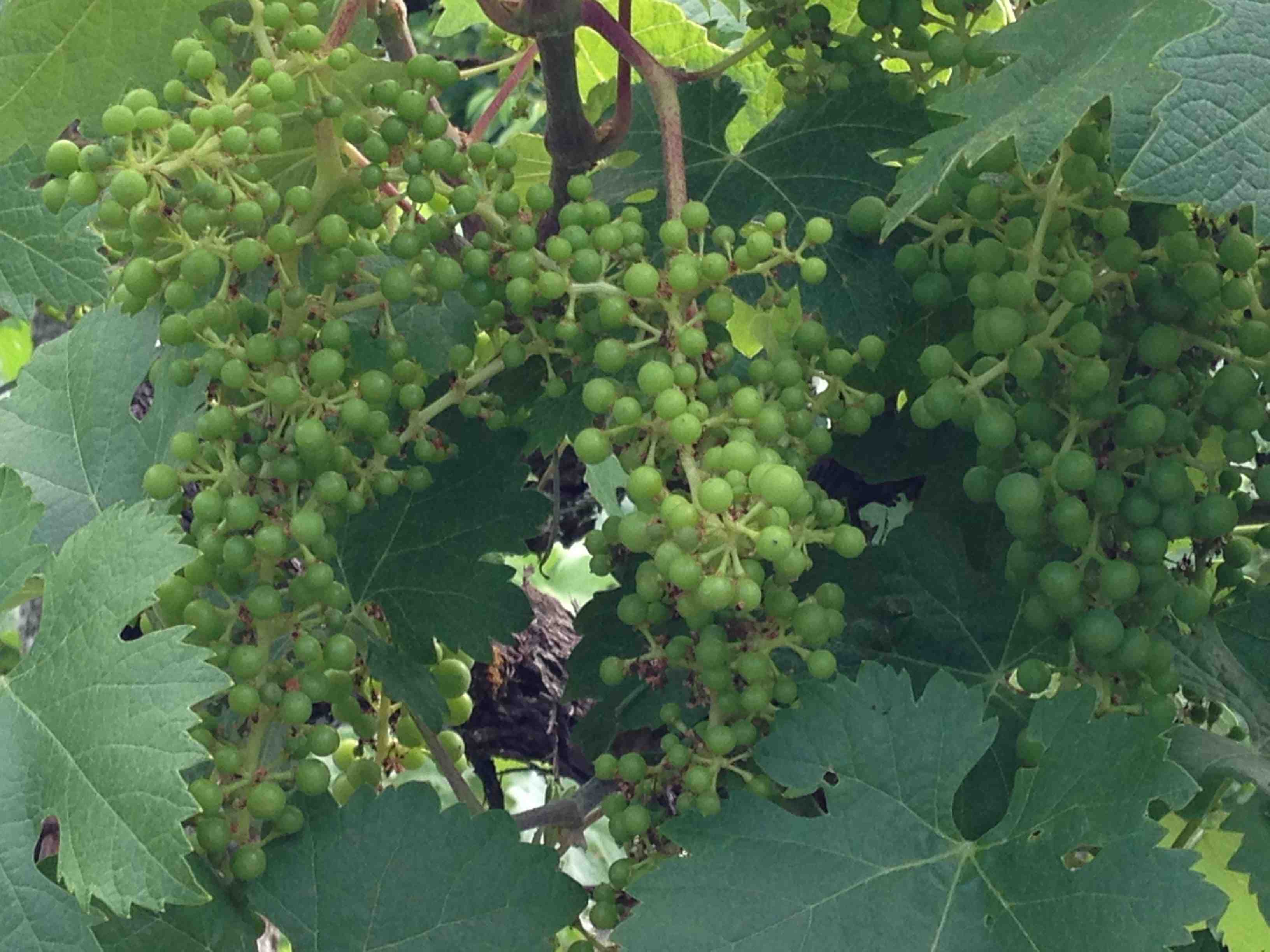
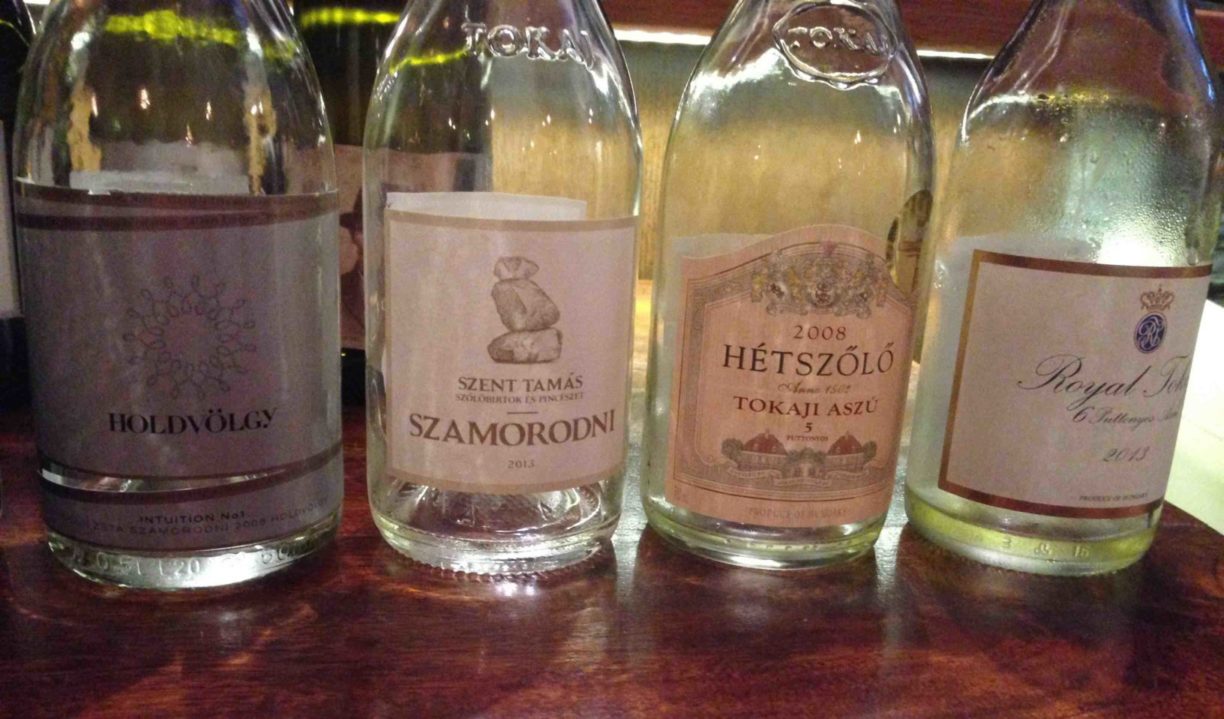
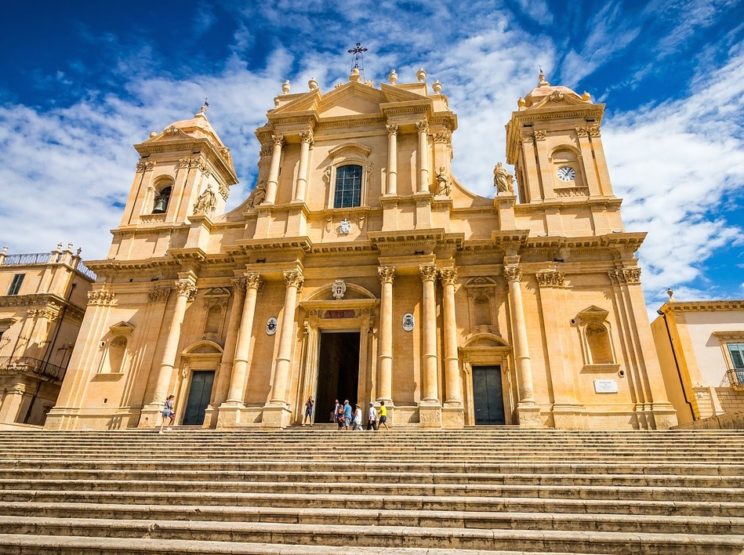
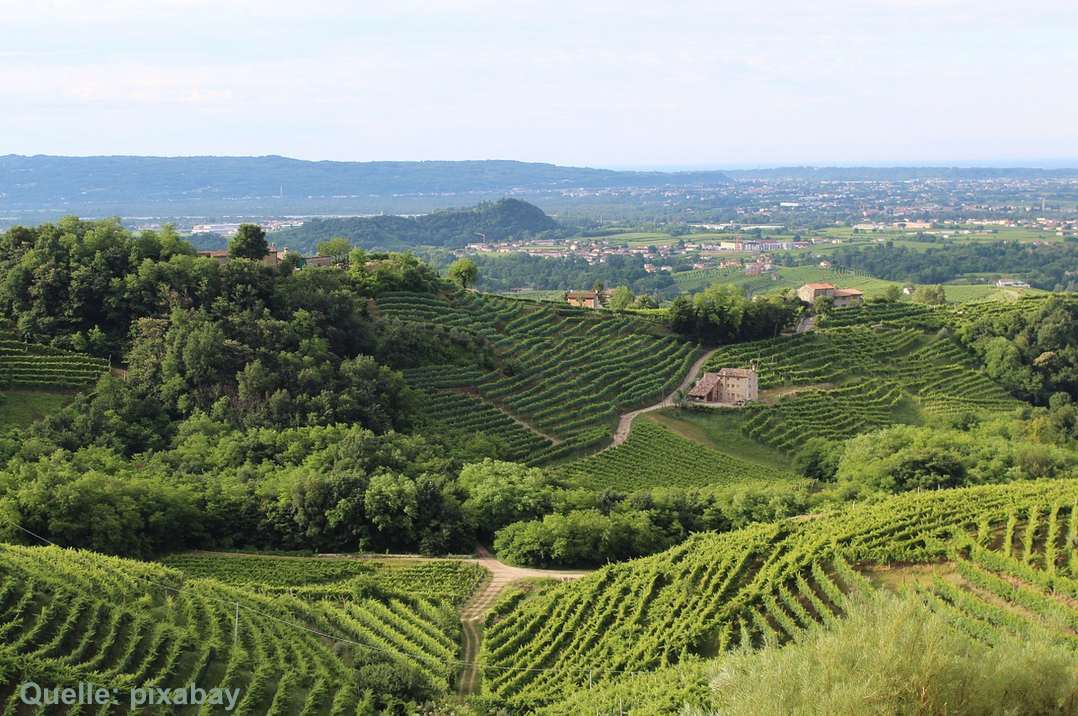
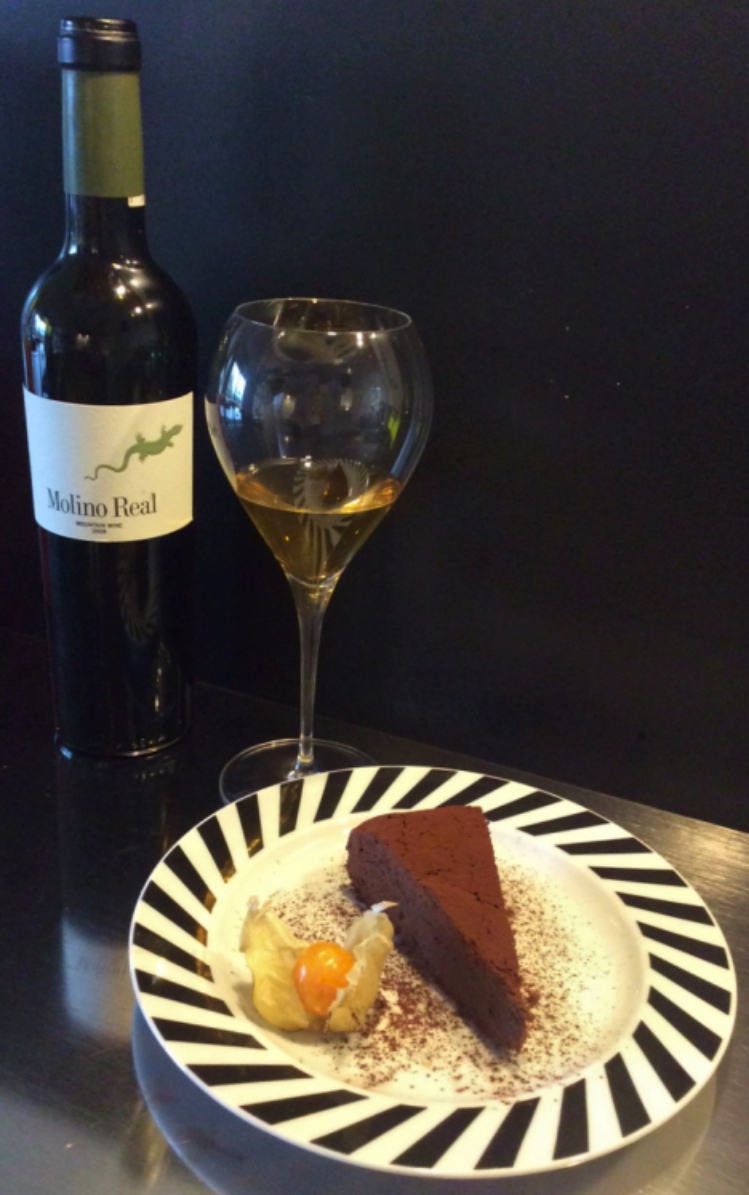
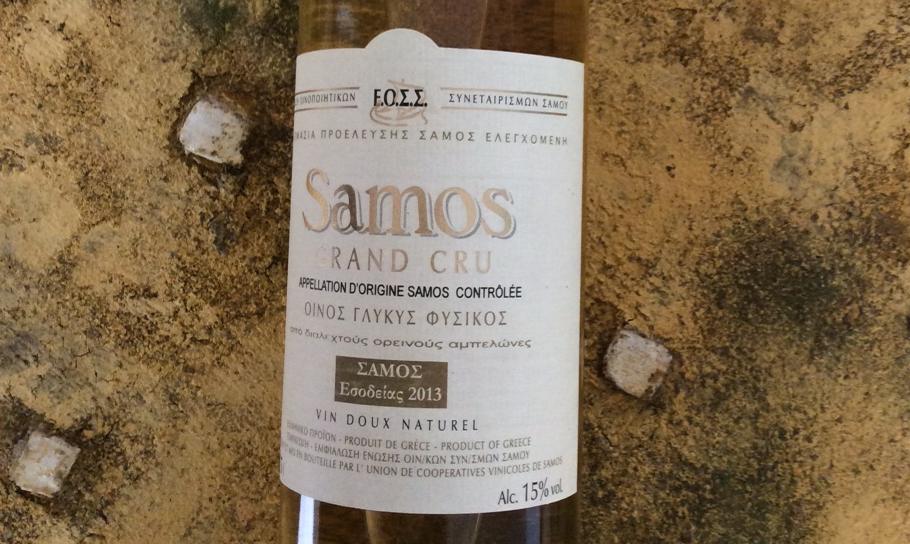 There are 3000 years of viticulture on Samos. Even today, Muscat Blanc á Petits Grains thrives under the burning southern sun for the sweet Samos wine. The grapes grow mostly on small terraces on the northern slopes of the Ambelos Mountains, up to 800 meters altitude.
There are 3000 years of viticulture on Samos. Even today, Muscat Blanc á Petits Grains thrives under the burning southern sun for the sweet Samos wine. The grapes grow mostly on small terraces on the northern slopes of the Ambelos Mountains, up to 800 meters altitude.